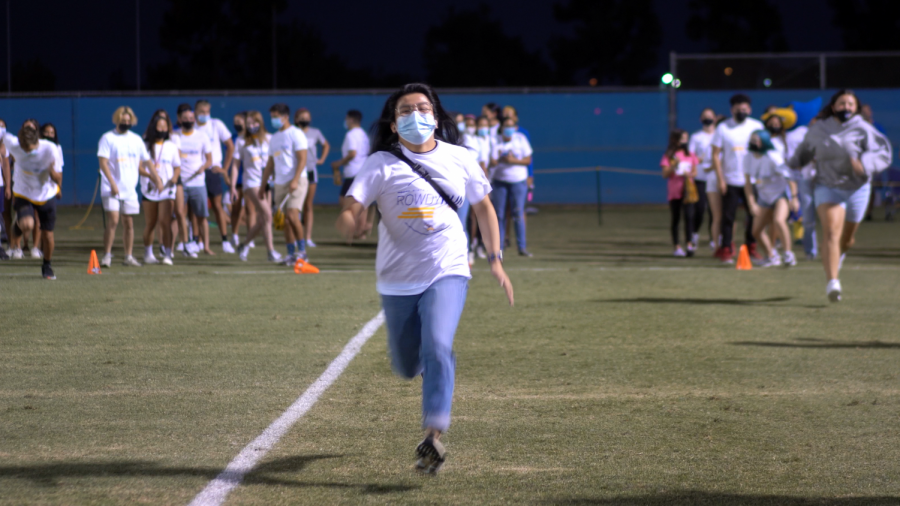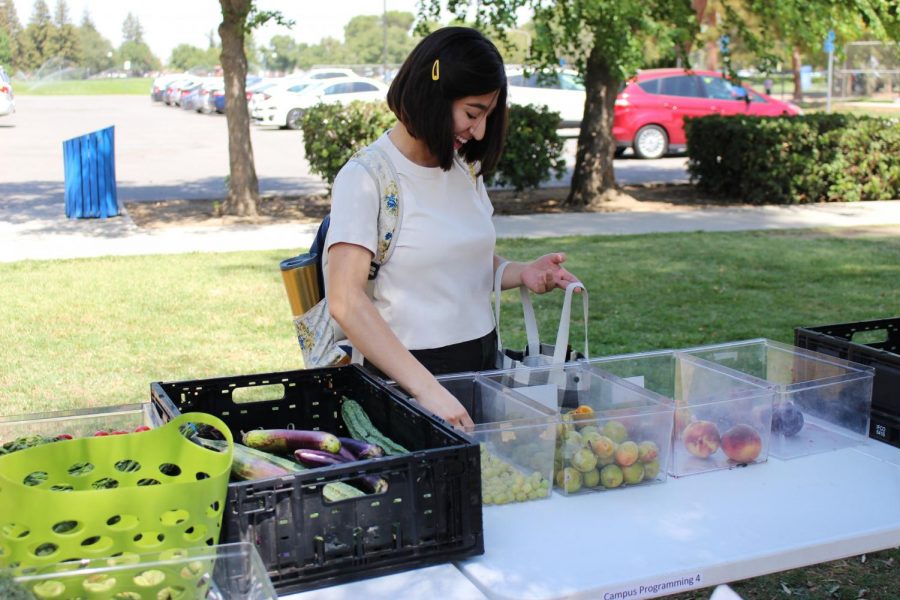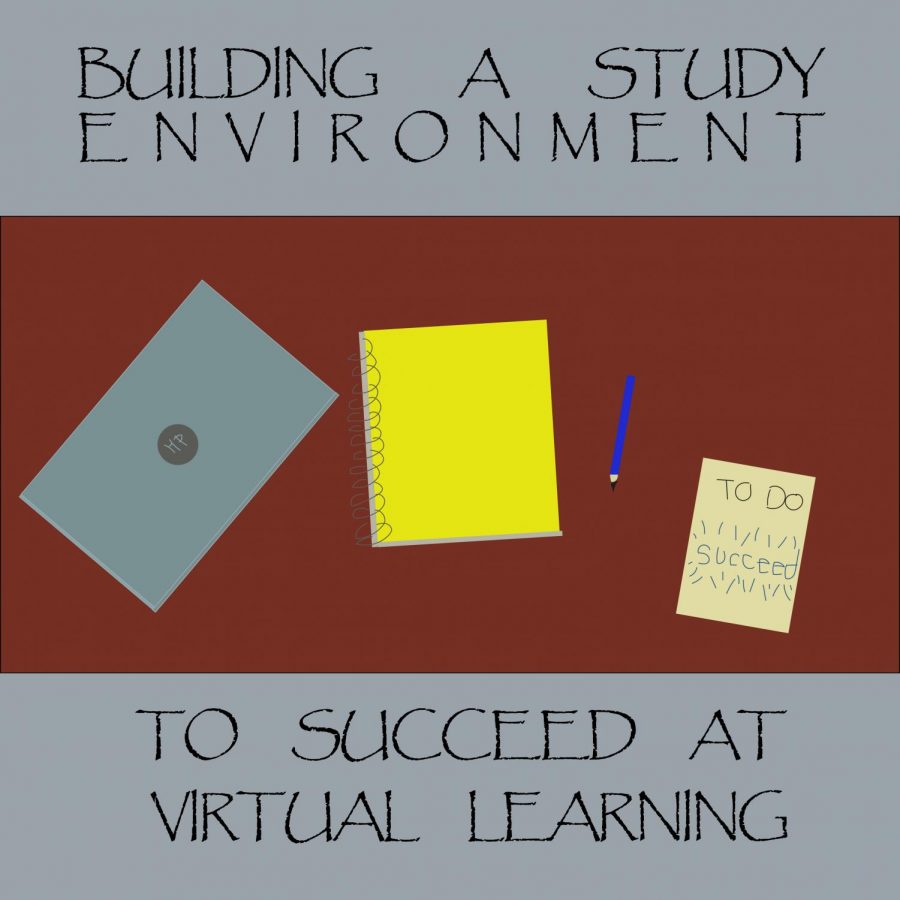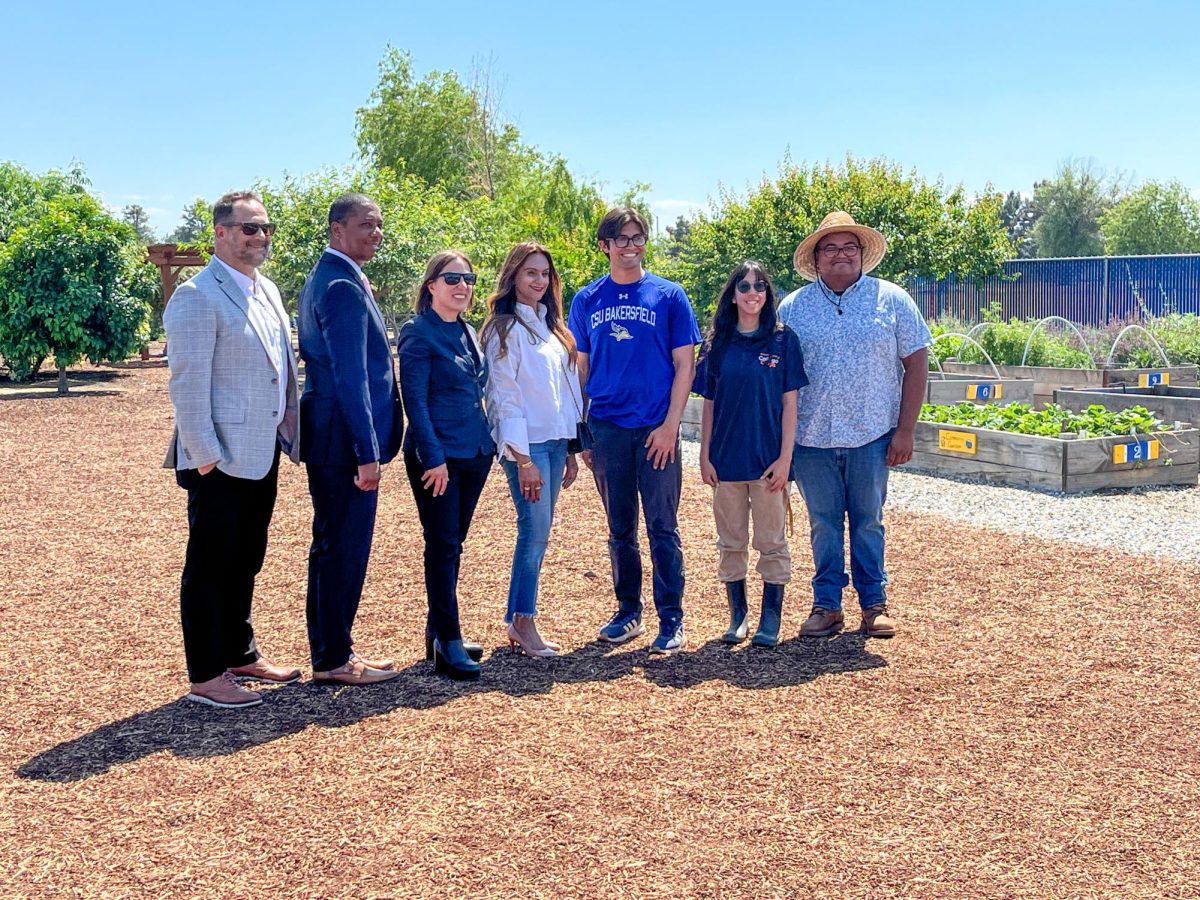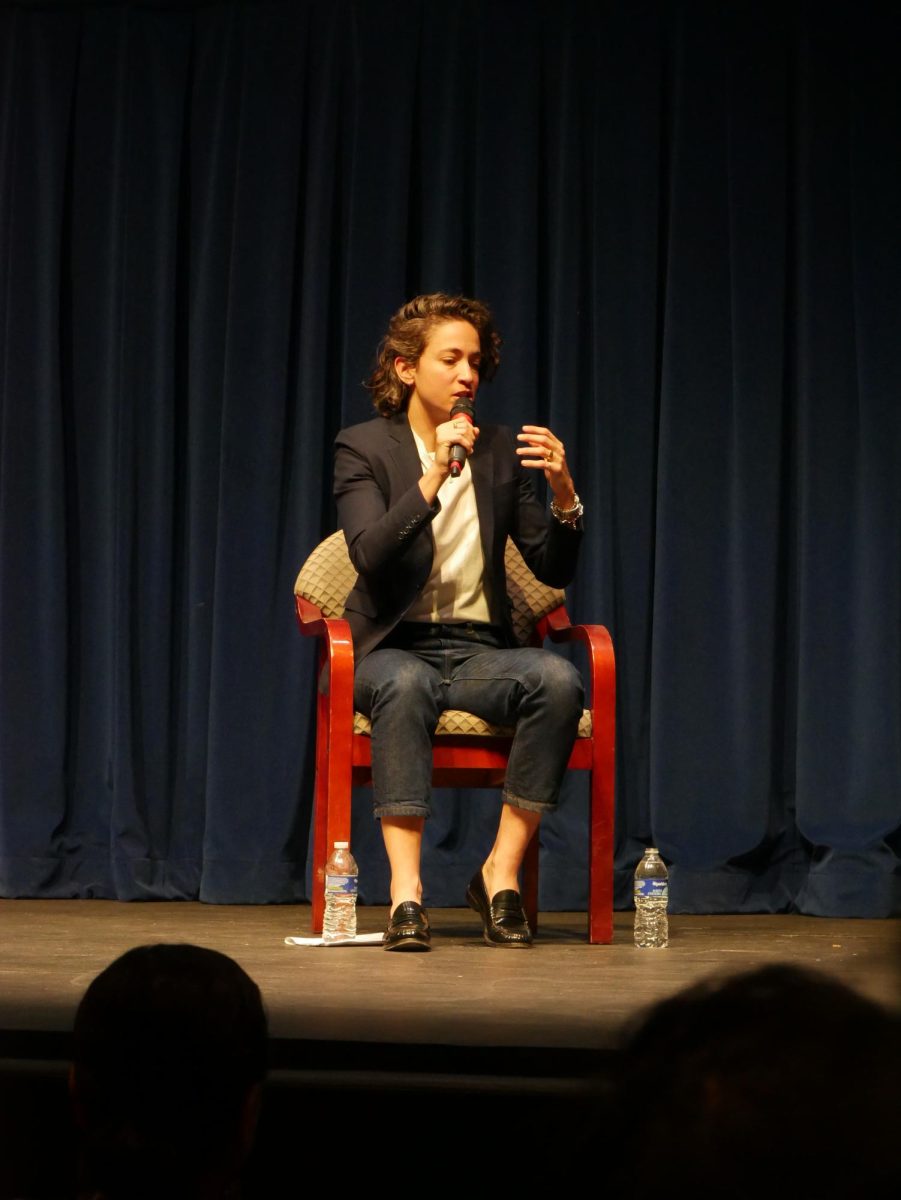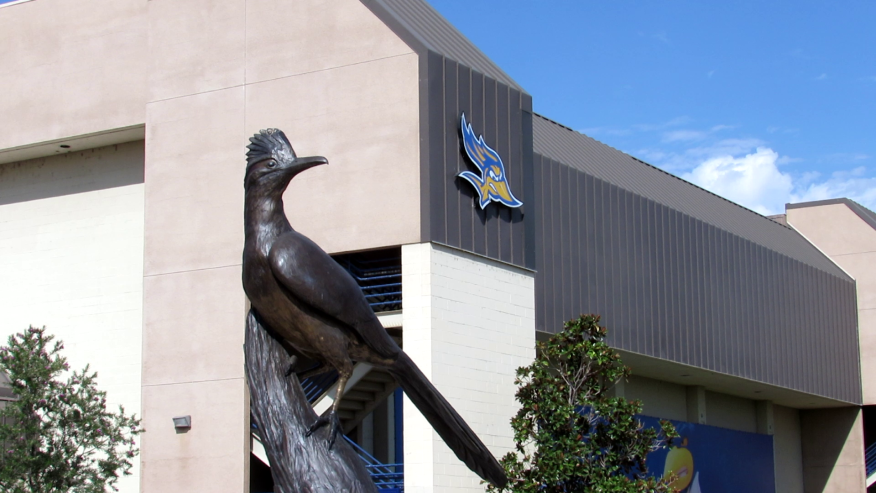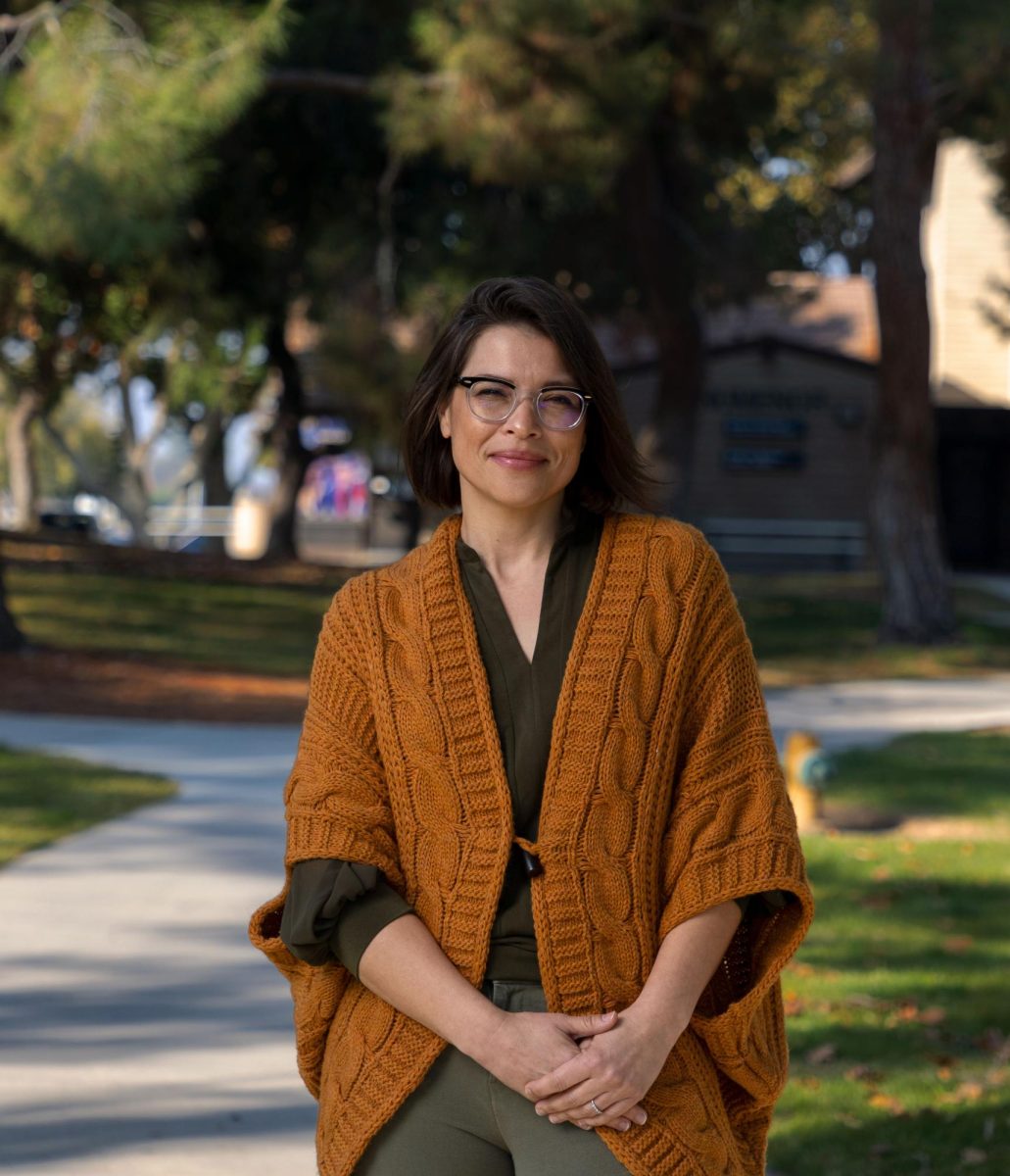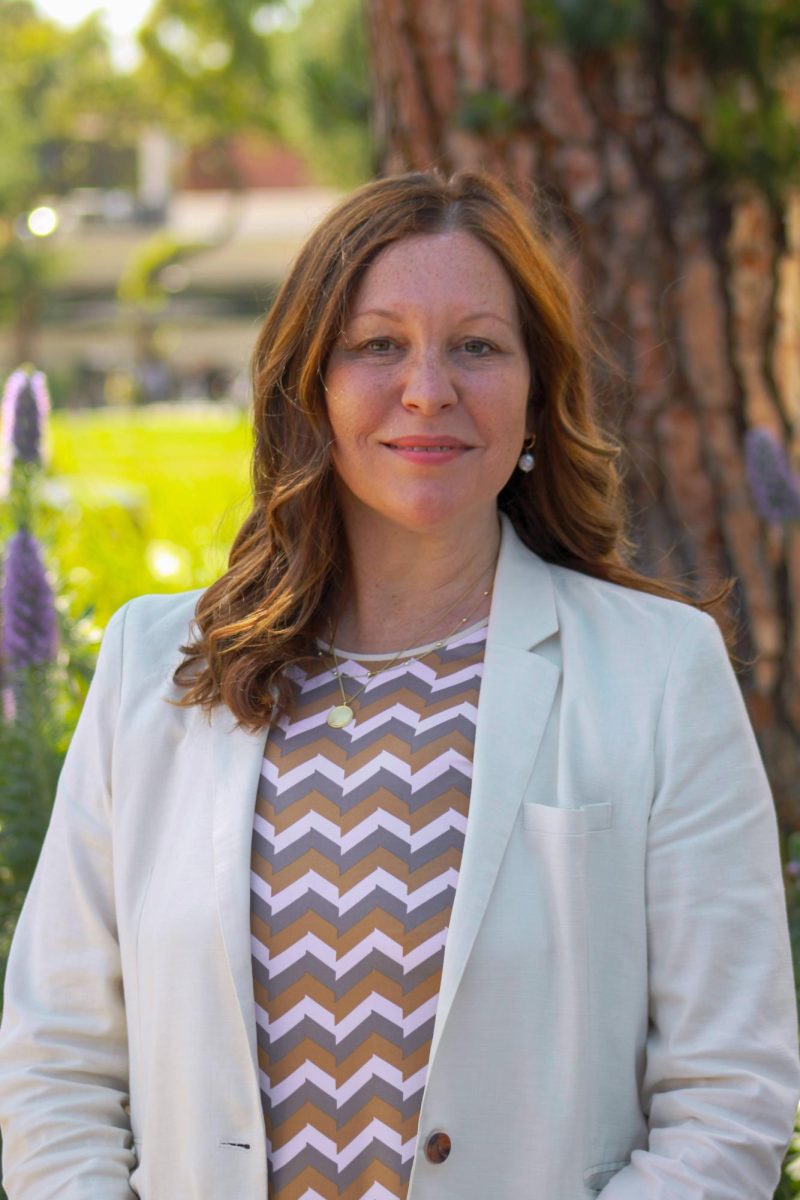News Editor
The start of this year is the beginning of the last of CSU Bakersfield’s quarter system, as fall of 2016 will see a new semester system in place.
What was once a full quarter load of three five-unit classes will become five three-unit classes with a longer time to retain the information each class provides. Additionally, changes to general education will be put into effect as well as the introduction of theme courses.
Transitioning students have had mixed feelings over the discussed changes, but the administration has done all it can to encourage students to see the positive opportunities a semester system provides.
“President [Horace] Mitchell has made it very clear that we do not want any student to be affected by this in any negative way,” said Arts and Humanities Academic Adviser Christina Chavez. “Anyone that’s going to be a conversion student, we will sit down and figure out the best thing for that student. We do our appointments to get a feel for, are they comfortable and pretty much done, and if they’re going to be here one semester or two then we’ll keep them on their old catalog rights. We’ll have that full conversation with them.”
As one of the many people on campus directly assisting students with the transition, she assures them that despite an all-encompassing change, each student’s needs will be met using their Individualized Academic Plan, known as an IAP. Arts and Humanities Advising Center Coordinator Anna Laven hopes these plans puts to rest the rumors a semester system will make graduation farther away.
“What’s so great about the individualized academic plan process is that it really does help students see what their time-to-degree really is,” said Laven. “There’s no reason why it should take them any longer on the semester side.”
Proactive students may access the Quarter to Semester website and handbook put together by the school to get a better look at class-by-class course conversion and what’s to come regarding financial aid distribution. As for general education and themes, Chavez explained that each discipline would tie into the next more smoothly to create a well-rounded, real-world-applicable educational experience.
“Right now, we have A-D, Theme 1, 2, 3. When in reality Theme I is an upper division area B, Theme II is an upper division area C, and Theme III is an upper division area D.,” Chavez said. “We basically said ‘Let’s tie this into a pretty bow and make it look legible.’”
According to the GE website, the themes Quality of Life, Revolutionary Ideas and Innovations and Sustainability and Social Responsibility “provide CSUB students with a strategically defined cohort of fellow students, explicitly designed opportunities to practice integrative and interdisciplinary learning, and robust, collaborative partnerships. Students are encouraged to gain a depth of knowledge by pursuing a thematic minor through GE coursework.”
Laven is excited to see her colleagues spending time creating these new, connected courses for future catalogs.
“Of course when I’m looking at the course catalog I’m like, ‘Oh, I want to be a college student again. These courses sound wonderful,” she said. “I think there’s a greater emphasis on reflection so that there’s greater encouragement to be introspective and think thoughtfully about themselves and how they’re going to engage the world.”



